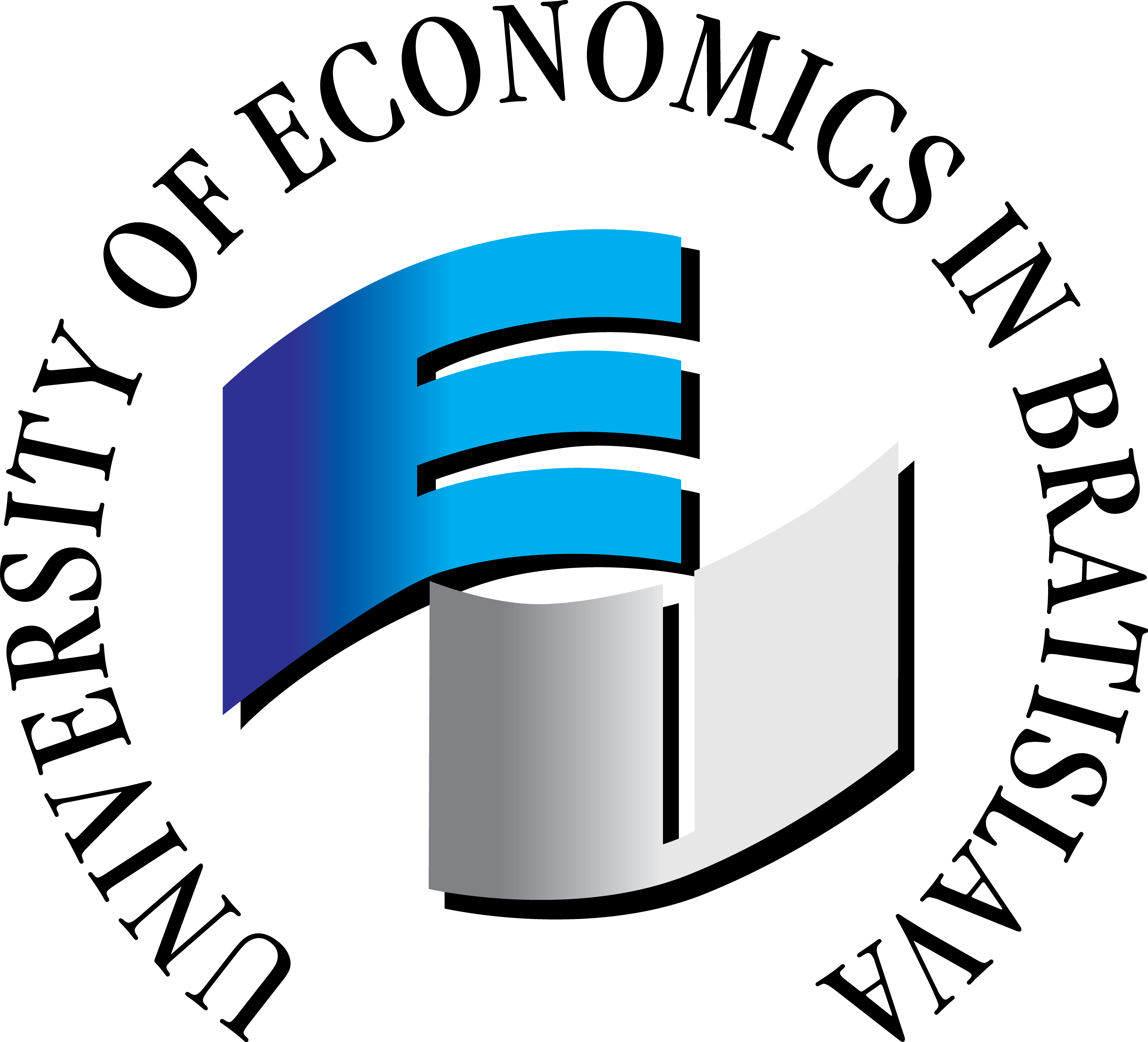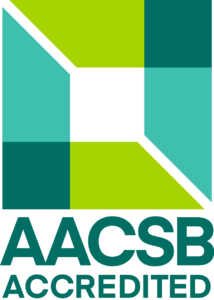Artificial Intelligence and Expert Systems
- Credits: 4
- Ending: Examination
- Range: 0P + 2C
- Semester: winter
- Year: 3
- Faculty of Economic Informatics
Teachers
Included in study programs
Teaching results
After completing this course, students will gain:
Knowledge
A. To understand the field of Artificial Intelligence and its applications in economic and business practice.
B. To understand the principles of declarative programming and the differences compared to procedural programming.
C. To understand the requirements of various knowledge representation methods in AI to ensure effective processing in nondeterministic decision-making tasks.
D. To distinguish types of knowledge-based tasks in practice and understand which kinds of systems are suitable for solving them.
E. To understand the use and core functions of knowledge-based and expert systems in practical applications.
Skills
F. To apply basic techniques for acquiring knowledge from a domain expert and understand the life cycle of developing an expert system in business practice.
G. To practically address fundamental knowledge-engineering questions when designing or deploying knowledge-based or expert systems.
H. To develop simple programs in a rule-based programming language and understand their integration with applications implemented in other programming languages.
Competentness
A. To independently assess the suitability of Artificial Intelligence methods in specific business scenarios.
C. To design appropriate knowledge representation structures for particular decision-making problems.
D. To analyse knowledge-based tasks and identify the appropriate type of knowledge-based or expert system for addressing them.
F. To implement knowledge-engineering procedures, from knowledge acquisition to designing an expert solution.
H. To integrate simple rule-based programs into a broader software environment and understand their interaction with applications written in other languages.
Indicative content
1. Introduction to artificial intelligence, history, new technologies, the importance of artificial intelligence in practice.
2. Definition of the terms data, information, knowledge, competencies in the company and their connection with the structuring in informatics. Programming introduction in CLPS
3. The concept of knowledge agent, the principles of its operation and the basic architecture of the agent, declarative programming. Differences between declarative and structured programming.
4. State space search, basic search algorithms and their connection with the operation of the knowledge agent. Relationship between state space search and the CLIPS environment.
5. Knowledge base and knowledge representation, types of knowledge representations from logic to rule-based systems. Working with rule-based systems and lists (multifield values) in CLIPS. Comparing patterns for multifield values, examining the conditions in the rule.
6. From semantic networks and frame-based knowledge representation to object system modeling. Use of knowledge representations in informatics. Creating frames and classes in CLIPS and the basic multifield functions.
7. Knowledge tasks classification and their characteristics. Knowledge and expert systems, differences in architecture. Explanatory module and its meaning in ES. User functions in CLIPS, calling them and using them in rules.
8. Expert systems and introduction to knowledge engineering. Importance of Expert Systems in practice (e.g. Business rule Engine). Explanatory artificial intelligence and its importance in machine learning.
9. Creating examples in the COOL environment, classes, instances and sending messages between classes, the basic OO philosophy of modeling in artificial intelligence and its meaning, pattern-matching with objects.
10. Non-standard functions in CLIPS, their use in specific examples (forall, exists, foreach, do-for-all-facts, etc.) Comparison of different solutions in examples.
11. Programming trees using rules, the influence of rule conditions on program operation, preparation of tasks for projects. Management tasks such as planning, scheduling, diagnostics, prediction, assignment, evaluation and their modeling.
12. Working in groups on final projects, working with modeling of knowledge engineering.
13. Presentation of group final projects. Examples of professional tools for developing expert systems.
Support literature
1. Návrat, P. a kol. Umelá inteligencia, STU, Edícia učebných textov informatiky a informačných technológií, 2011
2. Kelemen, J. Pozvanie do znalostnej spoločnosti, IURA Edition, 2007
3. Dvořák, J., Expertní systémy, 2004. Dostupné na: http://www.uai.fme.vutbr.cz/~jdvorak/Opory/ExpertniSystemy.pdf (dostupné 21.10.2021)
4. Svátek, V. Ontologie a www. Dostupné na: http://nb.vse.cz/~svatek/onto-www.pdf (dostupné 20.10.2021)
5. Riley, G. CLIPS- A Tool for Building Expert Systems, 2013, Dostupné na: http://clipsrules.sourceforge.net/ (dostupné 20.10.2021)
6. Negnevitsky, M., Artificial Intelligence A Guide to Intelligent Systems, Pearson, 2011
7. Benson, M., Handbook of Expert Systems, Clanrye Intl, 2015
8. Norvig, P., Russell, S., Artificial Intelligence: A Modern Approach, Global Edition, 2021
9. Elektronický kurz Umelá inteligencia a expertné systémy, LMS Moodle Ekonomickej Univerzity, dsotupné na: https://moodle.euba.sk/course/view.php?id=2
Syllabus
1. Introduction to artificial intelligence, history, new technologies, the importance of artificialintelligence in practice. 2. Definition of the terms data, information, knowledge, competencies in the company and theirconnection with the structuring in informatics. Programming introduction in CLPS 3. The concept of knowledge agent, the principles of its operation and the basic architecture of theagent, declarative programming. Differences between declarative and structured programming. 4. State space search, basic search algorithms and their connection with the operation of theknowledge agent. Relationship between state space search and the CLIPS environment. 5. Knowledge base and knowledge representation, types of knowledge representations from logicto rule-based systems. Working with rule-based systems and lists (multifield values) in CLIPS. Comparing patterns for multifield values, examining the conditions in the rule. 6. From semantic networks and frame-based knowledge representation to object system modeling.Use of knowledge representations in informatics. Creating frames and classes in CLIPS and the basic multifield functions. 7. Knowledge tasks classification and their characteristics. Knowledge and expert systems,differences in architecture. Explanatory module and its meaning in ES. User functions in CLIPS, calling them and using them in rules. 8. Expert systems and introduction to knowledge engineering. Importance of Expert Systemsin practice (e.g. Business rule Engine). Explanatory artificial intelligence and its importance in machine learning. 9. Creating examples in the COOL environment, classes, instances and sending messages betweenclasses, the basic OO philosophy of modeling in artificial intelligence and its meaning, patternmatching with objects. 10. Non-standard functions in CLIPS, their use in specific examples (forall, exists, foreach, do-forall-facts, etc.) Comparison of different solutions in examples. 11. Programming trees using rules, the influence of rule conditions on program operation,preparation of tasks for projects. Management tasks such as planning, scheduling, diagnostics, prediction, assignment, evaluation, and their modeling. 12. Working in groups on final projects, working with the modeling of knowledge engineering. 13. Presentation of group final projects. Examples of professional tools for developing expert systems.
Requirements to complete the course
Requirements to complete the course:
- final exam - written form, 60% (passing the exam means obtaining 51% from the evaluation of exam) The exam consists of two parts: verification of theoretical knowledge (test with different types of questions). The theoretical part verifies the achieved level of educational results A., D, E, F, G. Verification of practical skills (program creation in CLIPS), where the level of educational results B, C, H is verified.
Seminars
- individual work and continous tests 15%,
- working in small teams: elaboration and seminar topic presentation 10%, work over the final project 15%
Together: 40%
By evaluating individual work and evaluating work in teams, the following educational results are developed and evaluated: B., C., D., G., H.
Student workload
Total study load (in hours):
3 credits x 26 hours= 78 hours
Study load distribution:
Seminar participation: 26 hours
Preparation for seminars: 8 hours
Project preparation: 10 hours
Preparation for the final exam: 34 hours
Language whose command is required to complete the course
slovak
Date of approval: 04.03.2025
Date of the latest change: 06.11.2025

